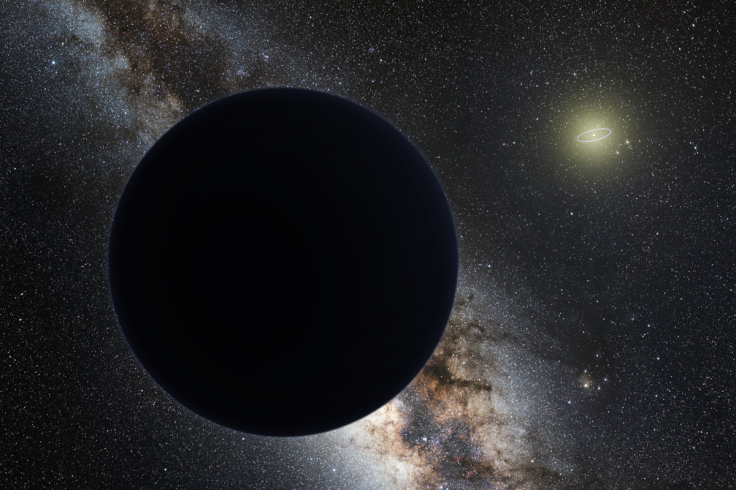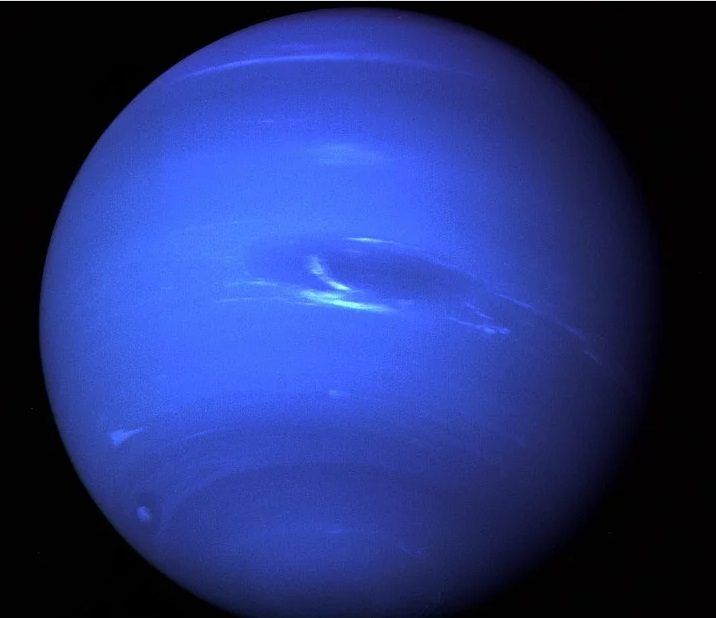Most of the adults today grew up learning that our solar system was home to nine planets. When 'Pluto' was demoted from its status as a planet, the younger generations were now taught that the number was eight. However, scientists have now found evidence that there was a ninth planet that revolved around the sun and it was 'pushed' into distant space during its formation.
According to a study by researchers from Carnegie Institution for Science which involved a simulation model, an ice giant planet existed between Uranus and Saturn. The gravitational interactions between massive planets during the early days of the solar system led to the expulsion of the giant planet.
"We now know that there are thousands of planetary systems in our Milky Way galaxy alone," Matt Clement, lead author of the study. "But it turns out that the arrangement of planets in our own Solar System is highly unusual, so we are using models to reverse engineer and replicate its formative processes. This is a bit like trying to figure out what happened in a car crash after the fact--how fast were the cars going, in what directions, and so on."

Lost Member of the Solar Brood
During its infancy, a rotating disk of gas and dust from which all the planets were born, surrounded the earth. It is believed that the earliest orbits of the newly formed planets and planetoids were tightly packed and circular. However, the gravitational interactions between the more massive bodies disrupted the positioning of all the objects. This led to the baby giant planets reshuffling their positions in the orbital order and led to the existing arrangement.
The idea of the existence of 'Planet 9' was purported in 2015 by scientists from the California Institute for Technology based on mathematical evidence. Their hypothesis suggested that the Neptune-sized planet probably weighs ten times more than the Earth, and revolves around the Sun in an extremely elongated elliptical orbit 20 times farther than Neptune. NASA posited that the planet may take 10,000 and 20,000 Earth years to complete one revolution of the Sun.
Being 'Alienated' from the Family

For the study, the authors employed a simulational model that carried out 6,000 simulations of the evolution of the solar system. This revealed several unpredictable details, including those about the connection between Jupiter and Saturn. Their orbital paths and pace is said to have undergone changes to place themselves in positions that we see today.
Through the model, the scientists also gleaned that locations of Uranus and Neptune were dictated by the mass of the Kuiper belt—a region on the border of our solar system which consists of dwarf planets and planetoids. And it is in this scheme that the giant 'outcast' planet played a role. The gravitational exchanges literally 'flung' the planet out of the mix.
"This indicates that while our Solar System is a bit of an oddball, it wasn't always the case," illustrated Clement. "What's more, now that we've established the effectiveness of this model, we can use it to help us look at the formation of the terrestrial planets, including our own, and to perhaps inform our ability to look for similar systems elsewhere that could have the potential to host life."
Scouring the Edges of The Solar System

In another recently published study, astronomers at Yale University attempted to find the so-called lost planet using a telescopic technique known as "shifting and stacking", which has been previously employed for the discovery of other celestial bodies. Here, they "shift" the space telescope in a manner similar to clicking photos while a camera is in motion. Later, they "stack" numerous images together in a fashion that amalgamates their faint light. The rationale of the authors was that if Planet 9 does exist, it could be immensely dim.
If the planet potentially exists, it could be at a distance that is 14 to 27 times that of Neptune from the Sun. "This is a region of space that is almost entirely unexplored," said Gregory Laughlin, senior author of the study in a statement. The astronomers successfully utilized the imaging technique to spot light signals from three established trans-Neptunian objects (TNOs).
Following this, they searched two sectors in the solar system's outer layers hoping to find Planet 9 or any undiscovered objects in the Kuiper belt. They identified 17 potential objects. "If even one of these candidate objects is real, it would help us to understand the dynamics of the outer solar system and the likely properties of Planet Nine. It's compelling new information," said Malena Rice, lead author of the study. Laughlin added that the success of the study may indeed help in finding Planet 9.









